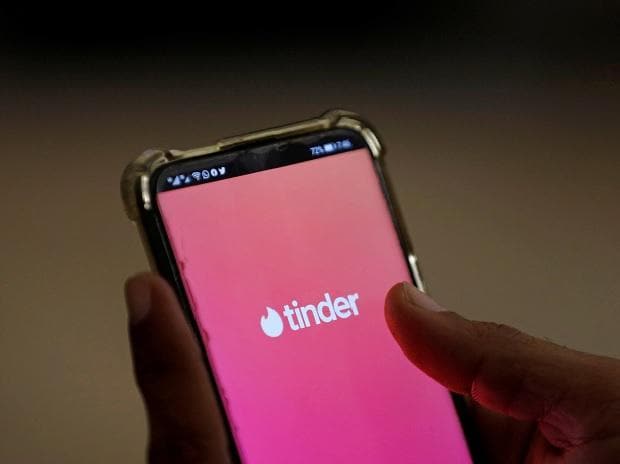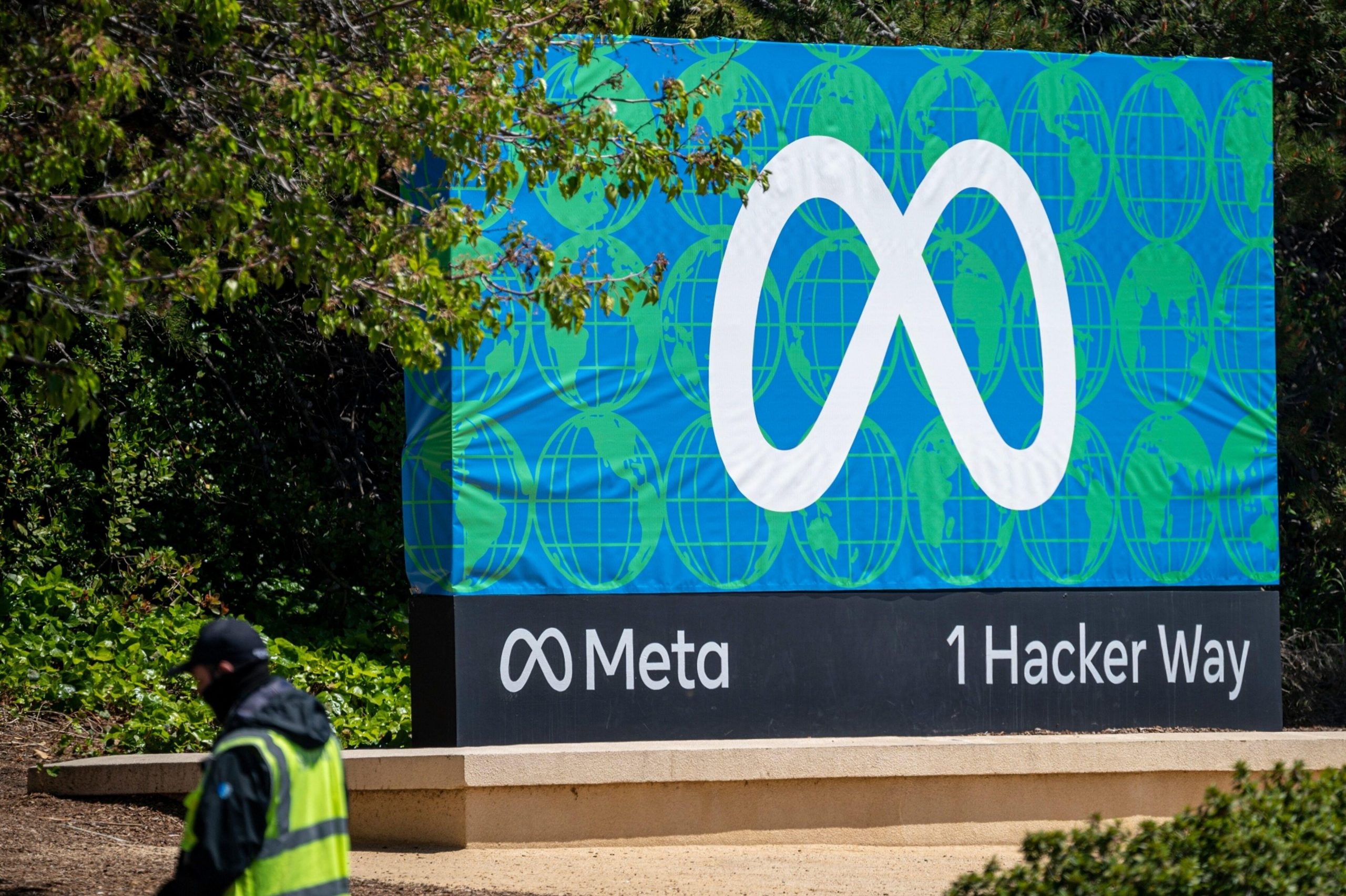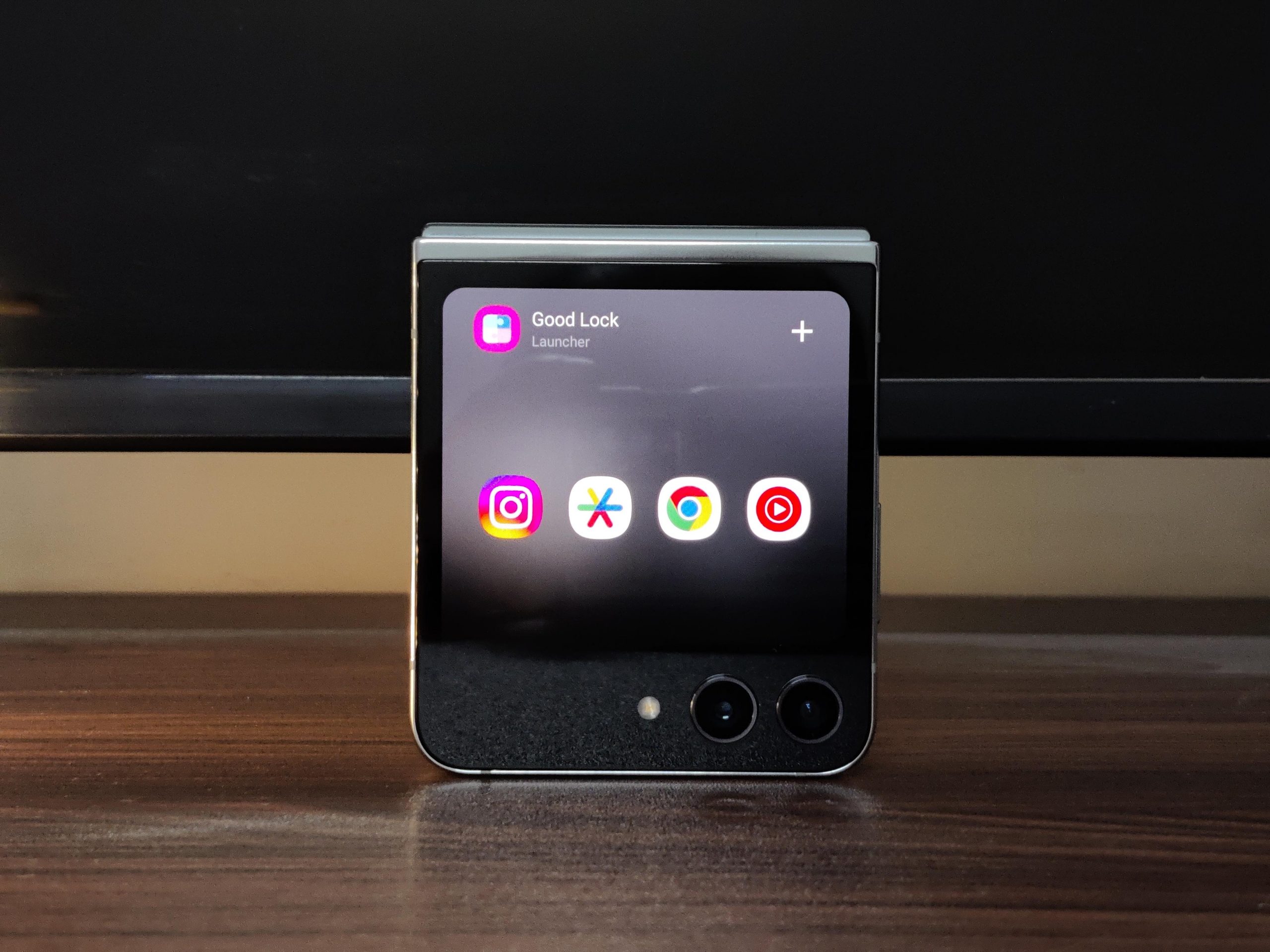Online dating platform Tinder on Sunday said it has partnered with not-for-profit organisation Centre for Social Research to offer safety guidance to its users.
The additional safety guide, along with the existing 15 safety features on the app, is part of Tinder’s efforts to ensure safety of its users, leveraging NGO CSR India’s insights amid the intersection of technology and violence against women, Tinder told PTI.
Tinder users will get a prompt through in-app message for accessing the “Dating Safety Guideline”.
“Initial interactions set the tone of a relationship, and this guide can play an important role in supporting anyone on their dating journey, including the millions of daters who turned 18 and chose Tinder for their first dating experience.
“We encourage our users to engage with this guide and take advantage of the many in-app features that have safety at their core,” Tinder India Communications Director Aahana Dhar said.
Tinder, a subsidiary of American online dating service company The Match Group, has grown from being available in one language (English) in one country to over 45 languages in 190 countries around the world in 10 years of operations, Dhar said.
The app algorithm also uses machine learning (ML) to flag potentially harmful words in conversations, she added.
“We created ML-based features such as ‘Does This Bother You? (DTBY?)’ and ‘Are You Sure? (AYS?)’, which encourages members to report inappropriate conversation and take action against members who choose to break the rules,” Dhar said.
Incidentally, 18-25 year olds or the ‘Gen Z’ — who are first-time daters – make up more than 50 per cent of Tinder’s community, Dhar said.
Tinder has free and paid options for users to engage with potential interests. They can “leave” or “right-swipe” for preferences, and a chat is only possible if both sides match, Dhar said.
“So when women come across something suspicious or when someone crosses the line, we want them to let us know and encourage them to unmatch and/or report anyone that breaches our terms,” she said, seeking to address users’ privacy concerns.
Dhar said Tinder has also become an outlet for the transgender community.
“Dating apps are increasingly becoming a space where young adults feel comfortable expressing their gender and sexuality, compared to their offline interactions with friends and family. 54 per cent of young LGBTQIA+ daters in India have ‘come out’ on a dating app before doing so in real life,” she said.
The app also has a feature which allows users to hide sexuality.
“Seven out of 10 young daters in India agreed that dating apps provide a platform for more freedom and self-exploration and have helped dismantle stereotypes and expectations surrounding gender, sex, and relationships,” Dhar said.
Note:- (Not all news on the site expresses the point of view of the site, but we transmit this news automatically and translate it through programmatic technology on the site and not from a human editor. The content is auto-generated from a syndicated feed.))



